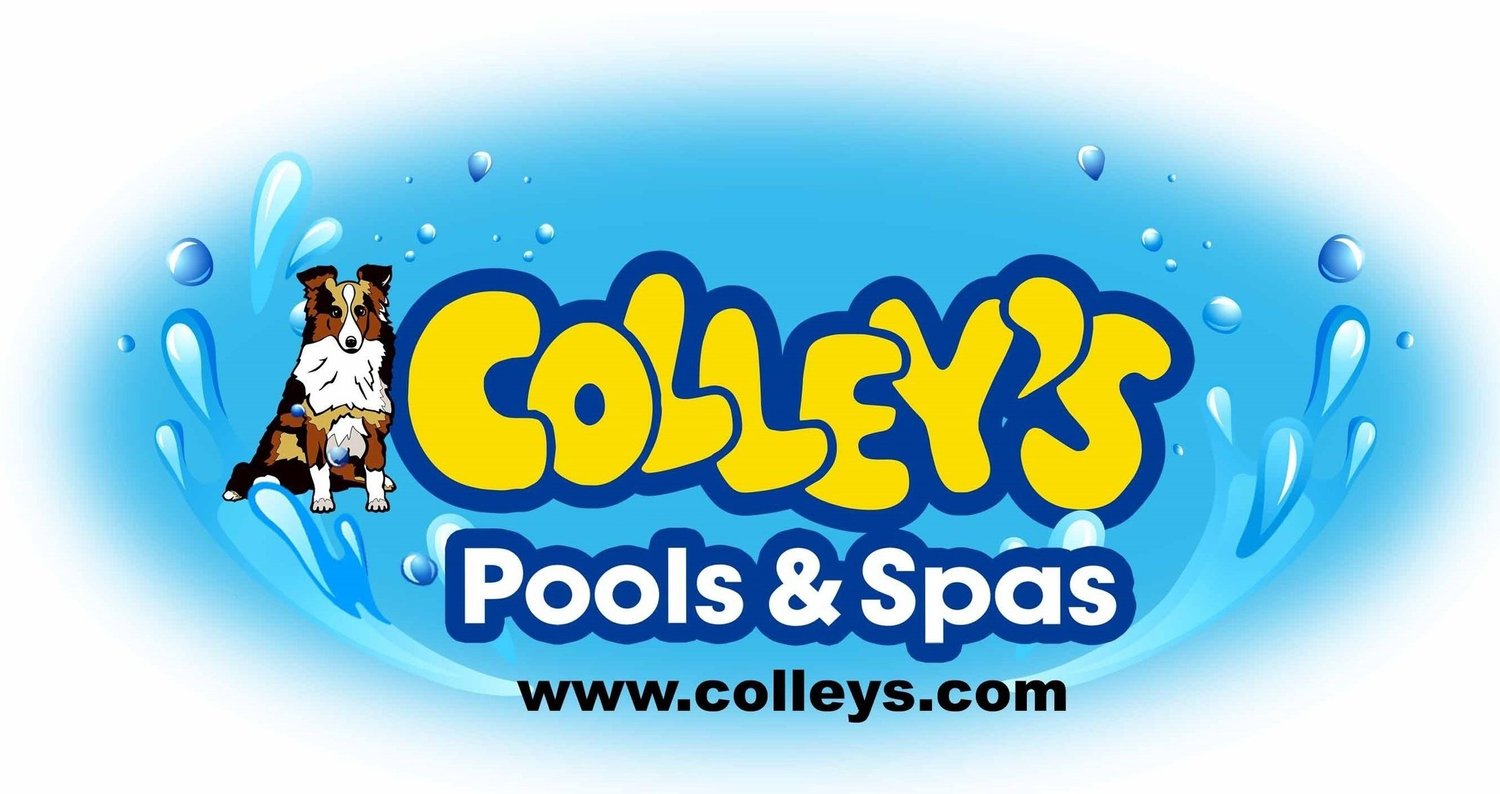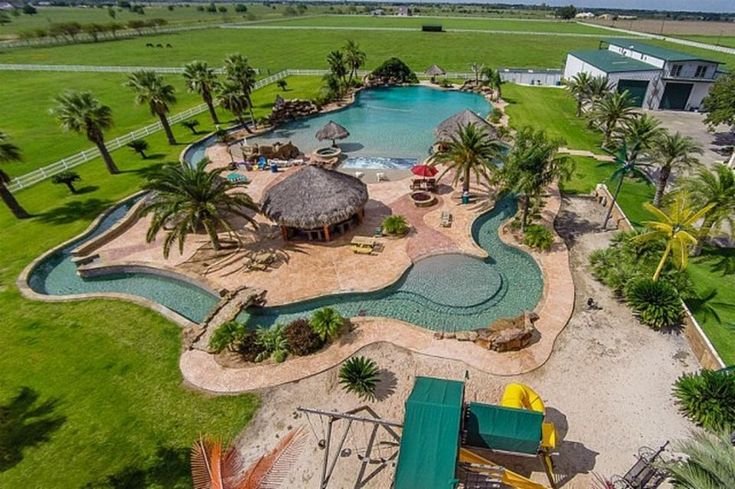Ever wonder what the most common pool type is? How about where the largest residential pool is located? Maybe not, but I’ll tell you anyways. Here are some pool-related facts:
The world’s oldest known swimming pool is The Great Bath, located in Mohenjo-Daro, Pakistan. This pool is estimated to date all the way back to the 3rd millennium BC.
It is estimated that there are over 10,500,000 residential swimming pools in the US.
You may have heard that the Buffalo, NY area has the most pools per capita in the US. Unfortunately, this is not true! The city with the most residential swimming pools per capita in the US is Phoenix, AZ (but other cities have also been listed #1).
The most common pool type is vinyl.
The White House has 2 pools; one indoor (built in 1933 for FDR, closed in 1970 by Nixon) and one outdoor built in 1975 for Gerald Ford.
Surprisingly, pool filtration systems have actually been around for over 110 years- invented at Brown University in 1910.
A Olympic-sized swimming pool, which is 50 meters by 25 meters and at least 2 meters deep, has enough water to fill 9,400 bathtubs.
Australia builds more residential swimming pools per capita than any other country in the world.
Approximately only 38% of pools having a diving board.
The largest residential pool in the United States is in Texas (I guess everything really IS bigger in Texas). Located in El Campo, Texas, the pool holds 600,000 gallons (for reference, an Olympic-sized swimming pool holds roughly the same amount). There is a rock climbing wall, a playground, a rope swing, a 21 foot-long slide, a swim-up bar a 30-seat spa, genuine Florida palm trees and a 500 foot lazy river…!!
The largest residential swimming pool in the US!


